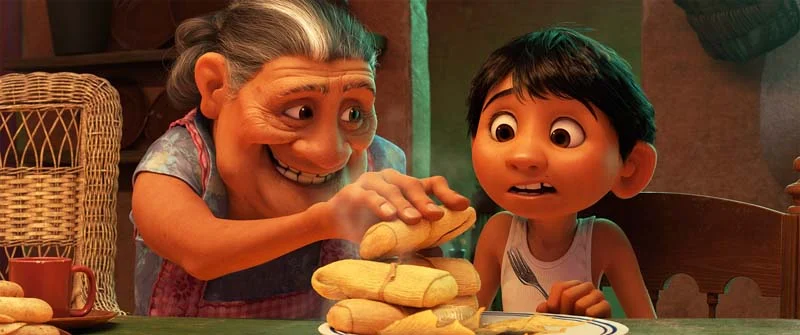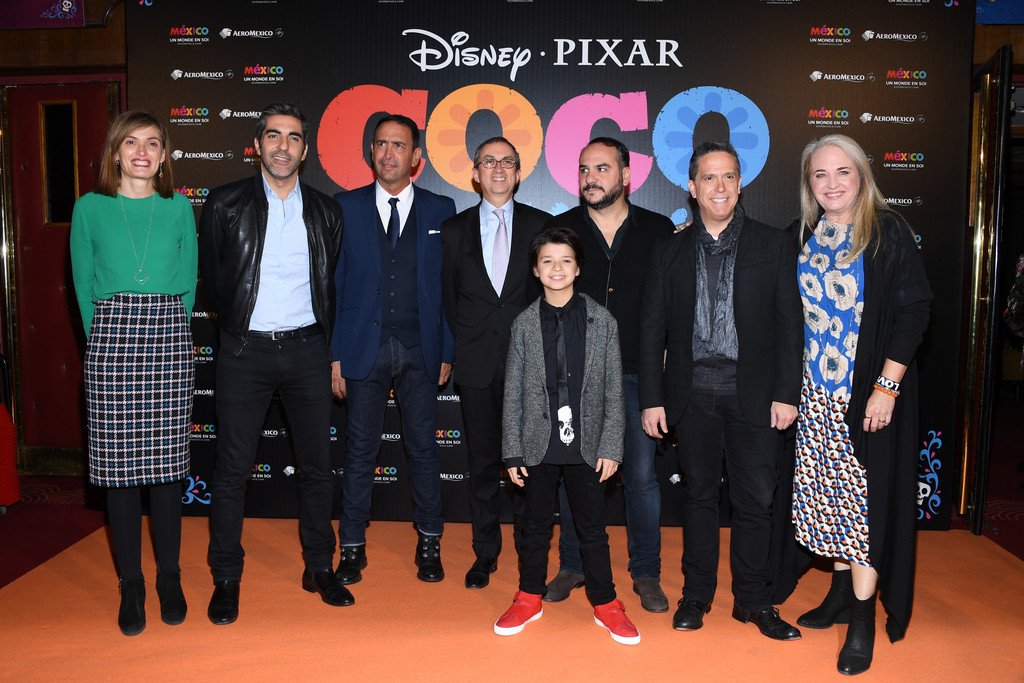On Pixar’s Coco and How It Touched People of Different Cultures

It is with great excitement that I get to recall Coco, a particular film I watched a few years ago. As someone who assumed that this is not worthy, to begin with, I must admit I felt nothing but admiration and respect. Not only did it manage to capture my interest but it also shattered my heart into pieces. This 2017 musical animated tale Coco did not just make people appear miserably in tears but it urged them to get a hold of two of the most important things – family relationships and chasing dreams.

Coco (2017)
Directed by Lee Unkrich and Adrian Molina under the production companies of Pixar Animation Studios and Walt Disney Pictures, the story follows the great adventure of a 12-year-old Mexican boy named Miguel, whose dream is to become a musician in the future, yet his family never allowed him to do so. Once upon a time, his great-great-grandmother, Imelda, married a man only to leave her and their daughter, Coco, for a chance to pursue his career in music. Since then, Imelda took all the responsibilities of ensuring the welfare of her child, while managing a shoemaking business. Her lover never returned as well as the decision to condemn and not at all speak about this again.
Miguel and his family’s enigmatic music prohibition
When El Dia De Los Muertos or the Day of the Dead, a touching custom in Mexico that honors and recalls departed family members came, Miguel accidentally breaks a picture frame displayed on the family altarpiece, containing an old photo of his great grandmother, Coco. Much more to his surprise, a covert portion of this depicts his great-great-grandfather carrying Ernesto’s renowned guitar. Miguel, amid his family’s disapproval, decides that Ernesto is his great-great-grandfather. He then leaves to participate in a talent competition for the Day of the Dead.

The unprecedented mistake on the sacred day has brought Miguel into the festive underworld. But other than making an effort to prove his musical talents, there is nothing certain about the journey he has entered. The vibrant place filled with marigold petals rendered him speechless at first, but little did he know an opportunity of unveiling his family history awaits. In no time, he met the skeleton character named Hector, and together, they learned the truth about Miguel and his family’s enigmatic music prohibition.

Coco and its representation of Mexican Culture
Without any doubt, music played a significant role in the film. But beyond that, it showed a sincere appreciation for the Mexican people and their beautiful culture. Its chosen plot depicted a relatable, captivating narrative that is worthy of being introduced to the world. The movie made the viewers relate in any way possible. To Miguel’s undying love for music, respect for his ancestry, alongside determination and bravery. As such, Coco was able to spark joy, love, and hope in the general population. This paved the way for a better understanding that there is more to Mexicans than what meets the eye.

Over the years, people’s perception of their community is harsh and demeaning. Lee Unkrich realized the need to be culturally aware as they determined a minority character would play the protagonist. Such a dilemma prevented the possibility of being accused of cultural appropriation, an understudied or improper adoption of people’s traditions.

“The Latino community is a very vocal, strongly opinionated community. With me not being Latino myself, I knew that this project was going to come under heavy scrutiny.”
Lee Unkrich, 2017
Together with his production team, Unkrich agreed on seeking outside perspectives for their film animation. An article by the New York Times mentioned how producer and longtime Pixar admiral, Darla Anderson, decided upon this.

“We don’t normally open up the doors to let people in to see our early screenings. But we really wanted their voice and their notes and to make sure we got all the details correct.”
Darla Anderson, 2017

The box office hit Coco represented Mexico in its visually appealing art and in choosing its voice cast. I cannot help but feel amazed by how the whole production team successfully bridges gaps found in cultural relevance. The entire film made sure to portray the necessary associated customs. Hence, the Mexican festivities, arts, works of literature, cinemas, and even folk creatures like a winged jaguar and flying dog. Coco, going against clichés and stereotypes, is indeed beautifully written and executed following Pixar Animation Studios’ in-depth, exhaustive research.

When their production team went the extra mile to immerse and get exposed to the Mexican people and their cultural behaviors, I knew exactly how this can be perceived by many as a revolutionary act. Embracing, celebrating, and honoring their everyday lives are the chosen highlights.
Arvie is a free-spirited woman who consistently embodies a person's character of wanting to explore things and life in general. She loves to establish a deeper connection with herself and others through her fondness for writing and music. No matter the circumstances, Arvie hopes to be remembered as a positive experience, with nothing but love for all the people she crosses paths with.





